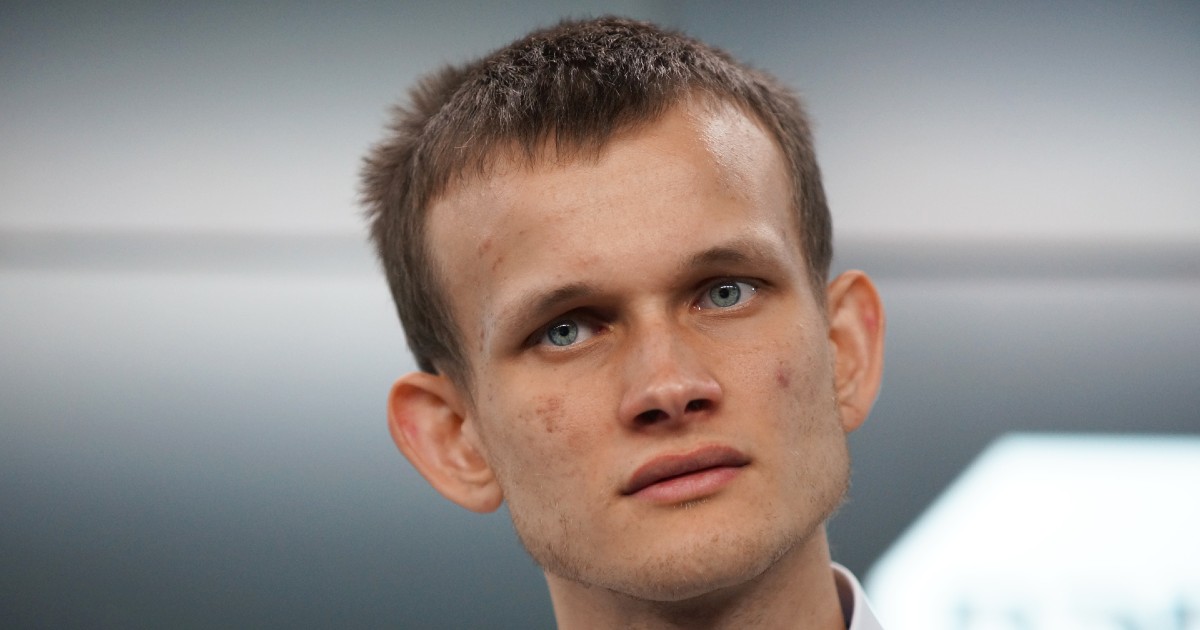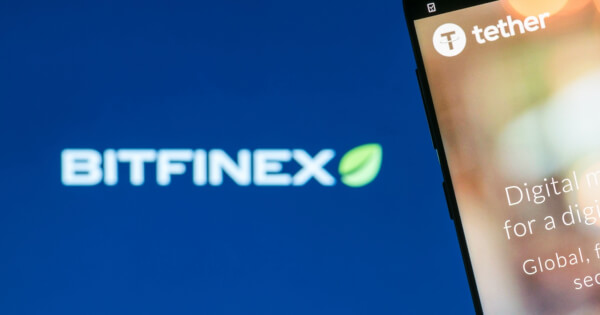Vitalik Buterin Explores Memecoins: From Controversy to Philanthropy

Ethereum co-founder Vitalik Buterin discusses the current state and potential of memecoins, suggests alternative approaches such as charity coins and the Robin Hood game for positive-sum experiences, and highlights the importance of combining philanthropy with game mechanics .
In a recent blog post titled “What else could memecoin be?” Vitalik Buterinco-founder of Ethereum, explores the current landscape of meme coins and ponders their potential beyond the realm of meme culture.
Buterin begins by looking back at an article he wrote 10 years ago, before the Ethereum project was made public. In the article, he argued that coin issuance could be a new way to fund important public projects. He envisioned a scenario where individuals could hold, accept, and trade coins associated with a specific purpose, thereby facilitating funding for that purpose. This idea of using coins as a means of raising funds on a large scale differentiated it from traditional market mechanisms and institutional frameworks.
By 2024, memecoins had become a significant topic of discussion in the cryptocurrency industry. Memecoins like Dogecoin have been popular in the past, but their recent resurgence has many people feeling uneasy. Some Solana memecoins have been associated with racist content, and even non-racist memecoins often lack real value beyond speculative price fluctuations.
The complaints surrounding memecoins raise important questions. Rather than simply expressing disdain for these ventures, Buterin suggests exploring alternative approaches that can provide a more positive experience for participants.
One such approach involves charity coins, where a significant portion of the token supply or ongoing fees are used for charitable causes. Buterin highlights examples such as “GiveWell Inu” and “Fable of the Dragon Tyrant,” which aim to support cultural projects related to GiveWell and anti-aging research, respectively. Although these plans had their downsides, they showed the potential of combining cryptocurrency and philanthropy.
Buterin also introduces the concept of the Robin Hood game, which allocates portions of the supply of memecoins to support public goods valued by the community. This approach aims to improve the average user experience by creating meaningful and fun games that help low-income players do better financially. By incorporating a mechanism that allows players to vote on the distribution of funds to various charities, you can combine both fun and charity aspects.
However, creating truly enjoyable games within the cryptocurrency space presents its own challenges. Buterin admits that projects like Axie Infinity struggle to strike the right balance between fun and financial incentives. He expressed confidence in teams like 0xPARC, known for their success developing cryptocurrency games like Dark Forest and FrogCrypto that prioritize the enjoyment of gameplay over financial gain.
In conclusion, Buterin urges the cryptocurrency community to adopt a more nuanced approach when evaluating memecoins. While he dismisses coins associated with scams or divisive ideologies, he recognizes the importance of fun and entertainment in the space. By promoting higher quality, positive-sum projects that meaningfully contribute to the ecosystem, the cryptocurrency space can evolve in a way that aligns with the needs and values of its users.
Image source: Shutterstock



